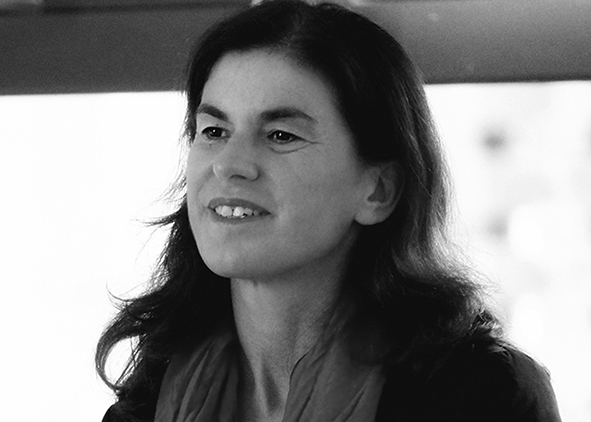Agile Education: Luisa Collina on the evolution of Design Schools
DOI:
https://doi.org/10.19229/2464-9309/3282018Keywords:
design, education, future challenges, educational experimentationAbstract
Job positions are changing, students are changing, together with their needs and dreams, technologies evolve and new forms of collaboration are arising, but what can universities do to promptly react to global processes? Within a dialogue with Luisa Collina, retracing the main stages that characterized the birth and evolution of design schools in Italy, a future vision emerges. A vision that preserves and emphasizes the glorious history of the past while taking into account its own DNA, characterized by a critical and strategic nature, in continuous dialogue with industry, but also with the arts, crafts and humanistic disciplines.
Downloads
Article Metrics Graph
References
Alexander, C. (1964), Notes on the Synthesis of Form, Harvard University Press, Cambridge (MA).
Archer, L. B. (1965), Systematic Method for Designers, The Design Council, London.
Asimow, M. (1962), Introduction to design, Prentice-Hall Inc, Englewood Cliffs, New Jersey.
Bayer, H., Gropius, W. and Gropius, I. (1938), Bauhaus 1919-1928, The Museum of Modern Art, New York.
Buchanan, R. (1992), “Wicked Problems in Design Thinking”, in Design Issues, vol. 8, n. 2, The MIT Press, pp. 5-21.
Dewey, J. (1934), Art as Experience, Balch, USA.
Dorfles, G. (1970), Le oscillazioni del gusto – L’arte d’oggi tra tecnocrazia e consumismo, Einaudi, Torino.
Gregory, S. (1963), Creativity in the chemical engineering research, Proceedings, Institution of Chemical Engineers, London.
Hall, E. (1966), The hidden dimension, Doubleday, USA.
Lèvi-Strauss, C. (1962), La Pensée savage, Librarie Plon, Parigi.
Maldonado, T. (1970), La speranza progettuale – Ambiente e società, Einaudi, Torino.
Morello, A. (2009), Visioni della modernità, Triennale di Milano, Electa, Milano.
Munari, B. (1981), Da cosa nasce cosa, Laterza, Bari.
Peirce, C. S. (1878), “Deduction, Induction, and Hypothesis”, in Popular Science Monthly, vol. 13, pp. 470-482.
Rowe, P. (1987), Design Thinking, MIT Press, Cambridge, Massachusetts.
Schön, D. A., (1983), The Reflective Practitioner, Basic Books, New York.
Simon, H. (1969), The Sciences of the artificial, MIT Press, Cambridge (MA).
Thorndike, E. L. (1931), Human Learning, Century, New York.
Well, D. (2017), Design in the age of emergence – IIT Institute of Design School on the Move, Leadership Forum on Design Education. [Online] Available at: www.designedasia.com/paper/Denis_Weil_BOW_Design_Leadership_forum_12-0417%20Public _version_small.pdf [Accessed 30 May 2018].

Downloads
Published
How to Cite
Issue
Section
License
This Journal is published under Creative Commons Attribution Licence 4.0 (CC-BY).
License scheme | Legal code
This License allows anyone to:
Share: copy and redistribute the material in any medium or format.
Adapt: remix, transform, and build upon the material for any purpose, even commercially.
Under the following terms
Attribution: Users must give appropriate credit, provide a link to the license, and indicate if changes were made; users may do so in any reasonable manner, but not in any way that suggests the licensor endorses them or their use.
No additional restrictions: Users may not apply legal terms or technological measures that legally restrict others from doing anything the license permits.
Notices
Users do not have to comply with the license for elements of the material in the public domain or where your use is permitted by an applicable exception or limitation.
No warranties are given. The license may not give users all of the permissions necessary for their intended use. For example, other rights such as publicity, privacy, or moral rights may limit how you use the material.


















































































